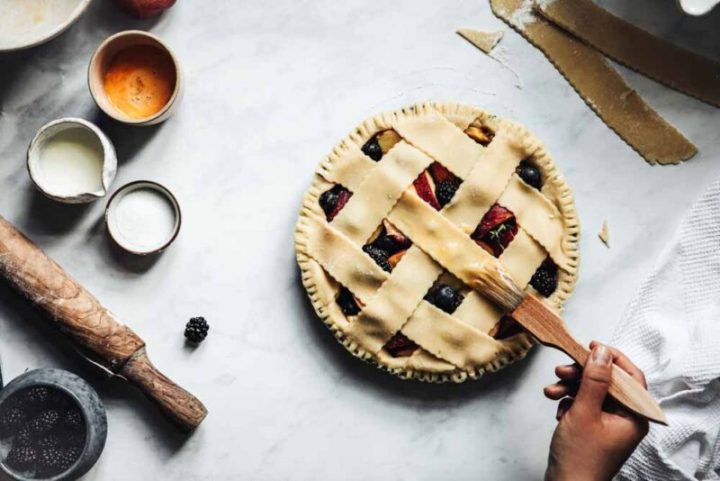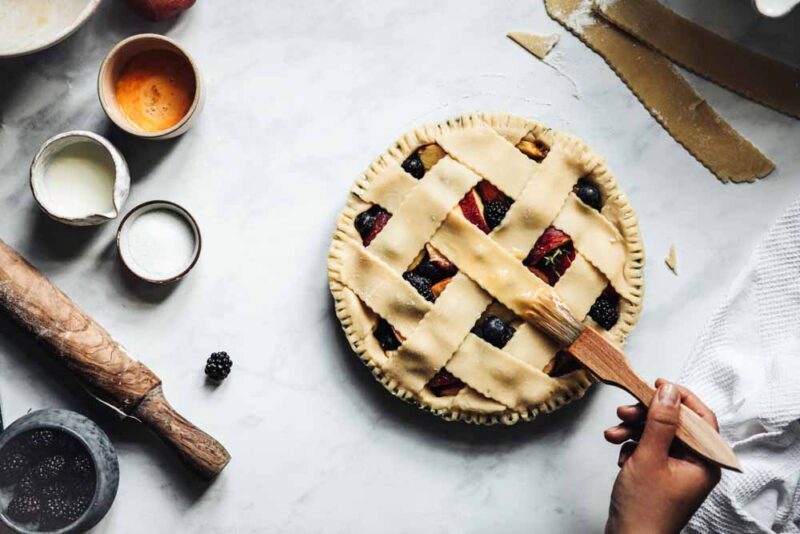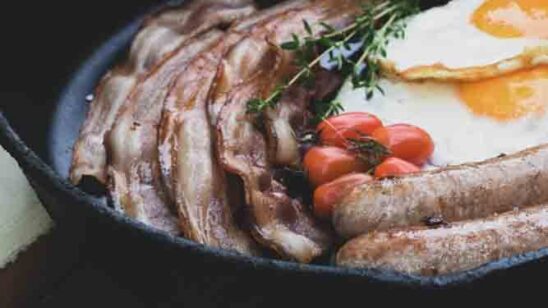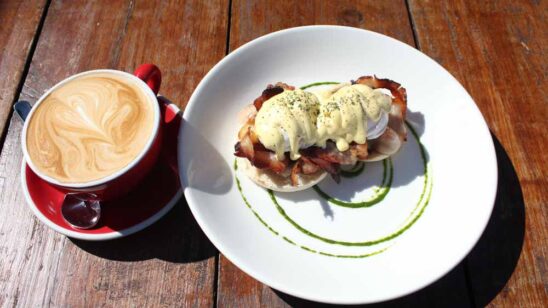
Roll up, roll up
Pastry is a versatile component of many dishes, comprising a major component of creations such as pies (sweet and savoury), Cornish pasties, sausage rolls, and croissants.

A combination of flour and fat (butter, lard, or suet), pastry falls into five basic types: shortcrust, filo, choux, flaky and puff. Shortcrust is arguably the most versatile as it can be used for savoury and sweet pies, tarts and flans.
Basic pastry is usually two parts flour and one part fat, but technique is also important. Here are some tips from Metropol about how to achieve perfect pastry:
FLOUR
Your choice of flour is vital for the type of pastry you want to make. Softer flour with lesser protein makes a shortcrust pastry that is crumbly rather than tough. Ordinary plain
flour is fine. If making puff pastry, adding a little strong bread flour with lots of protein to your plain flour can be a good idea.
TEMPERATURE
Purists recommend cold ingredients, cold equipment and marble boards. Keeping the butter cold also helps when making shortcrust pastry because it doesn’t melt into
the flour when you are working it in. With puff, cold butter provides a barrier and air pockets between the pastry layers creating its flakiness.
FAT
Fat provides flavour and also stops unwanted gluten development in pastries. Always rub butter into the flour before adding liquids. In flaky or puff pastry, the butter is left in chunks so that when it melts in a hot oven, it leaves air pockets between the thin pastry layers.
WATER
Add water gradually, a little at a time until the dough looks lumpy but no longer crumbly. If you add too much and the pastry is sticky, add a little
more flour, cutting up the pastry and tossing the pieces in flour and then pushing back together. Excess kneading to break up flour usually means tough pastry.




